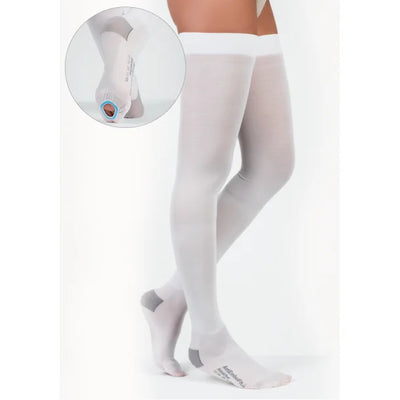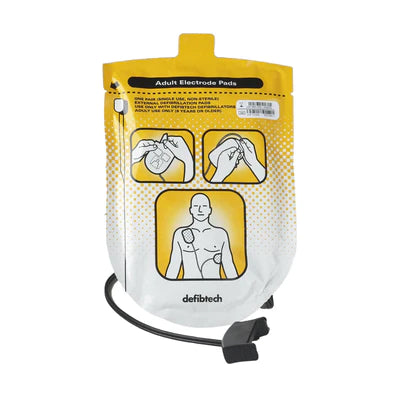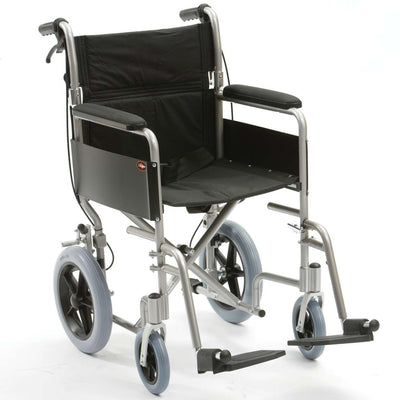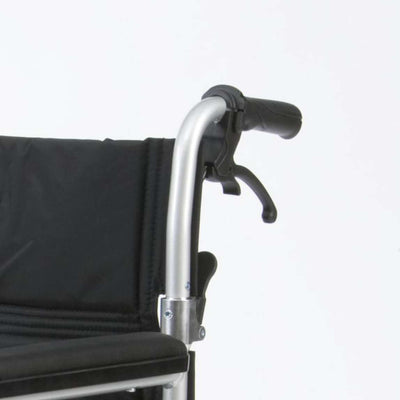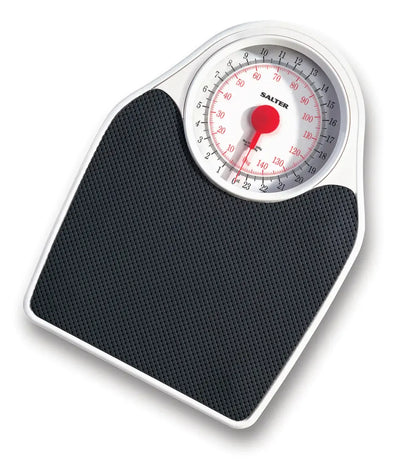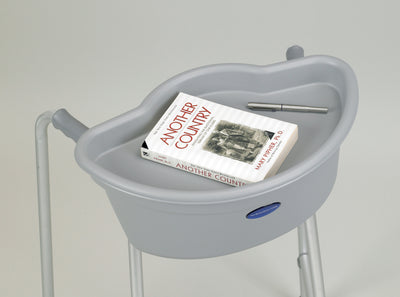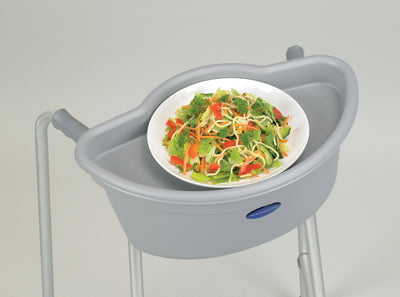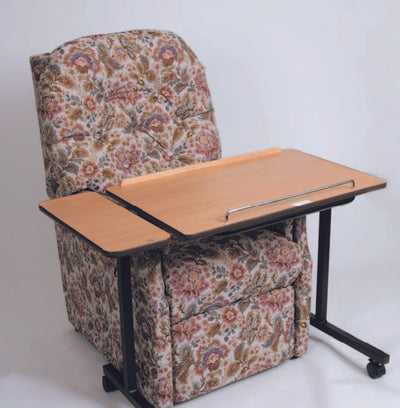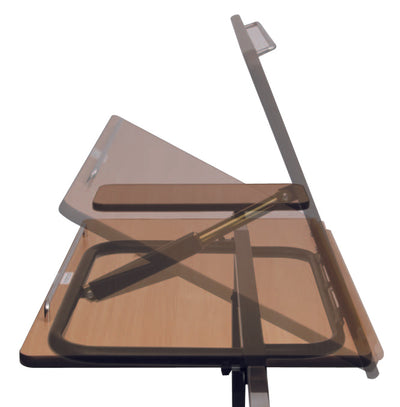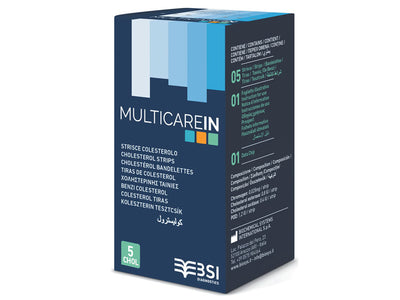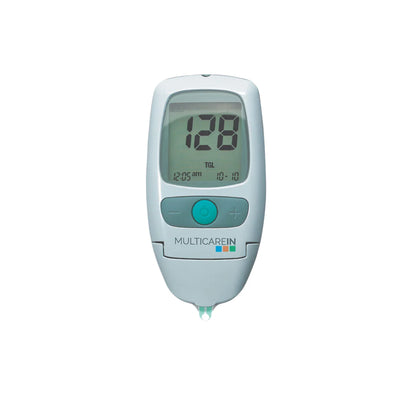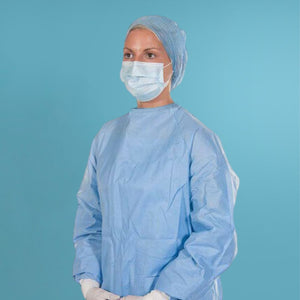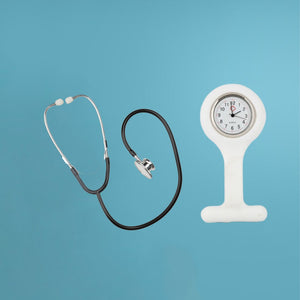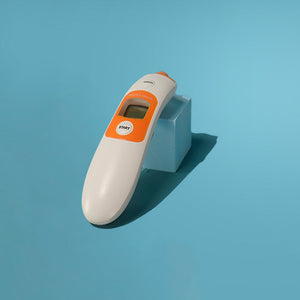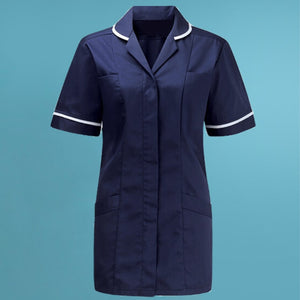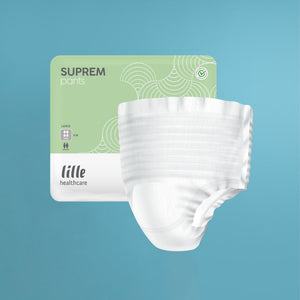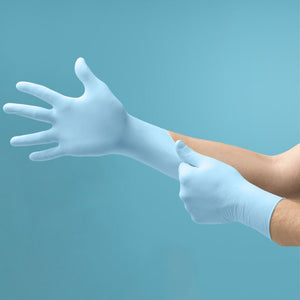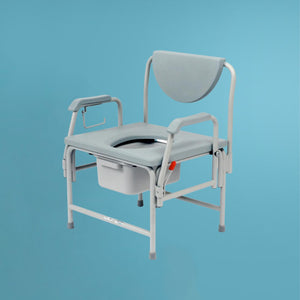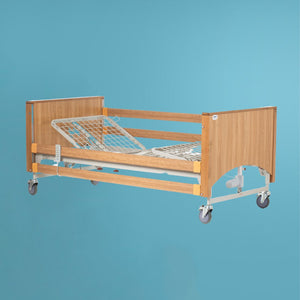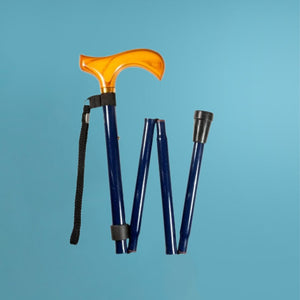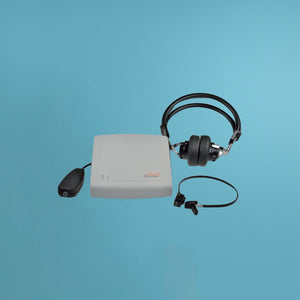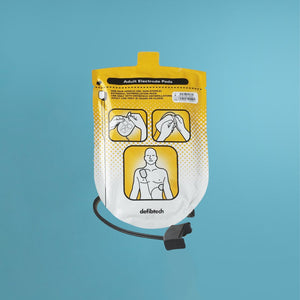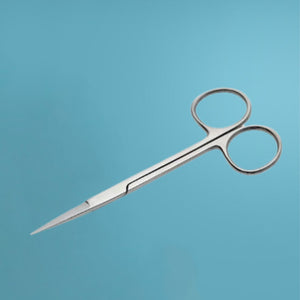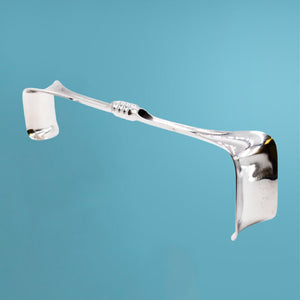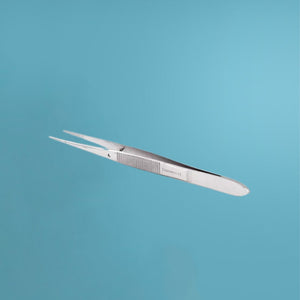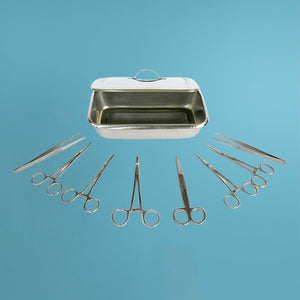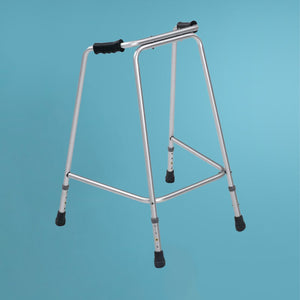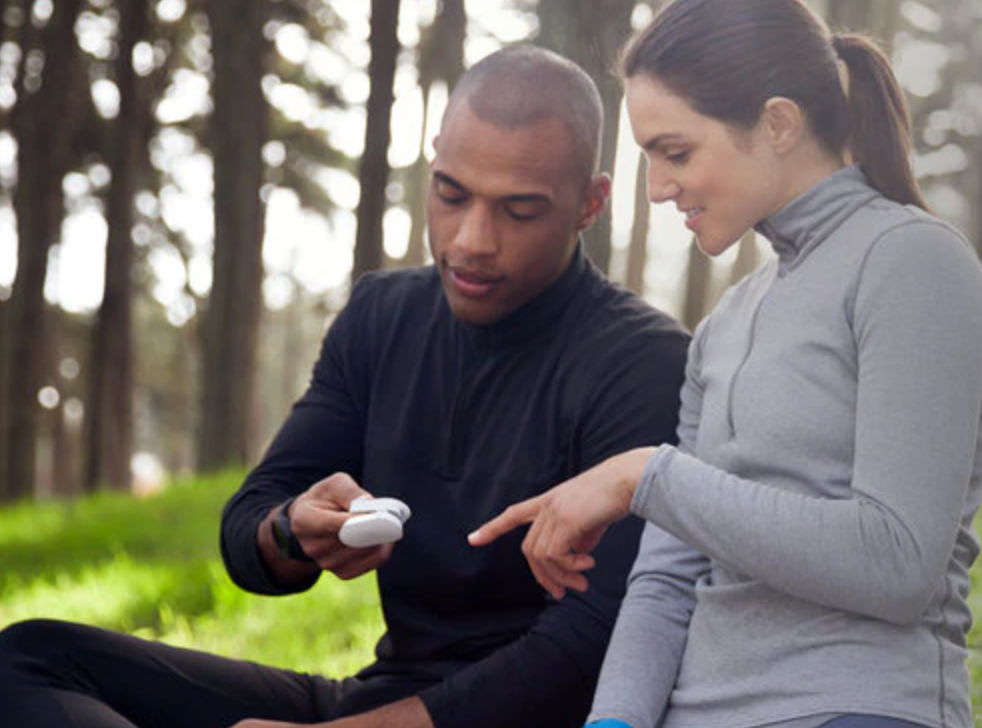Can a Pulse Oximeter help monitor Covid Symptoms at home?
While many people who have been diagnosed with Covid-19 will be able to manage their symptoms when isolating at home, it’s becoming apparent that patients who develop more severe symptoms (resulting in hospital admissions) have much lower than normal oxygen levels in their bodies.
Having the ability to monitor oxygen levels at home and to present at hospital before those levels become perilously dangerous really could be lifesaving in many cases. A simple piece of equipment like a Pulse Oximeter could be a very useful addition to your home first aid kit in cases like these.
What is a Pulse Oximeter?
A pulse oximeter is a small, battery operated device designed to give you a reading of your blood oxygen levels and heart rate in just a few seconds. You simply place your finger inside the device (or in some cases on your ear lobe) and, like a digital thermometer, it will display your numbers in real time. The number displayed is actually a percentage of the oxygen saturation in your blood, and since oxygen is the most critical element for the normal functioning of our organ cells, maintaining & monitoring the right levels is incredibly important. When our oxygen saturation levels drop, the heart, kidney, and brain are the most affected organs and can result in symptoms like coughing, wheezing, confusion, rapid heartbeat and chest pain.A low reading is a good indication that the patient should be treated immediately by a doctor.
What is a normal Oxygen reading?
A normal, healthy oxygen reading will be around 95 to 98 % , although it is possible that someone with an existing medical condition could read slightly lower than this (your GP can keep you informed on your ‘safe’ levels). If your reading falls below 92 this is a sign that something is not right and you should seek attention from your doctor/hospital immediately.
Is it safe to monitor oxygen levels at home?
Absolutely. As with all home devices, however, it’s a good idea to take several readings to make sure that there is a consistency in results. Make sure the hands are warm, not cold, and maybe try recording oxygen levels with the patient being in a couple of different positions - sitting, standing and lying down. You might also like to check the oximeter on a healthy person at home to compare results.Make sure you keep notes on all of these readings to share with your doctor.
That said, it would be unwise to fully rely on a ‘good’ reading as a sign that the patient is completely well. A low oxygen level is not always a sign of impending pneumonia and a ‘good’ reading is also not always an indication that all is well. If the oxygen level is fine but the patient has other symptoms like shortness of breath, a high temperature, confusion etc, then medical advice should still be sought.
What are the benefits of monitoring at home?
Simply put, it is considerably easier and more successful to treat patients with slightly low oxygen levels than it is those with severely low levels. So, if you are monitoring oxygen levels in the comfort of your own home and you do record a consistently low level of oxygen figures, you could avoid a potentially dangerous or life-threatening scenario, such as advanced Covid pneumonia, by attending hospital in good time to receive additional, but straight-forward oxygen treatment.
The benefit of monitoring levels at home is essentially that it can flag a respiratory issue well before the patient is severely unwell, and in need of a space on an already-stretched big dependency ward or intubation unit.
On the flip side, while the patient is in recovery from Covid-19, continuing to monitor oxygen levels can give some real relief if they return as ‘good’.
To order your oximeter unit from us please visit our website.
Need more support? We're always here to help.
For all your Medical and Homecare supplies give us a call at Mediworld.
We have over 40 years experience in medical, surgical and home health supplies and we're always on hand to chat if you need support or advice. Follow us on Twitter and Facebook.

